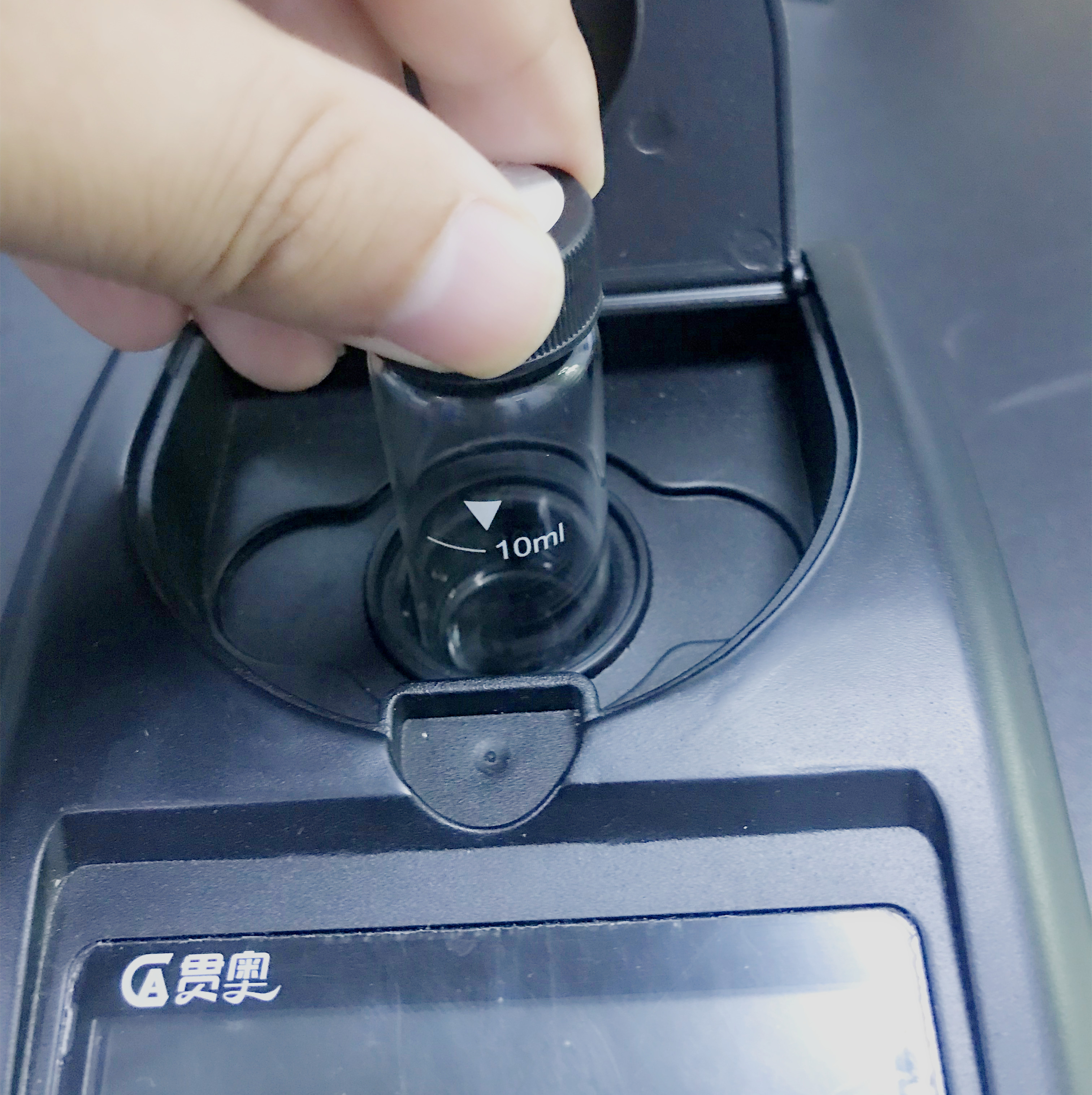As a commonly used method in water quality testing experiments, spectrophotometry is mainly used for the detection of trace component content in water quality quantitative determination. According to the different wavelengths, it is divided into visible light, ultraviolet, infrared and other spectroscopic methods. Those who have read our introduction to spectrophotometry before know that its main advantages are simple operation and high accuracy of detection parameters, but it does not mean that this method is adopted. The test results are completely accurate. There will still be errors in the spectrophotometry in daily inspections, generally 2%-5%, and it will be even lower if differential spectroscopy is used. In addition, the selection of appropriate detection conditions will also affect its accuracy.

1. Choose the right wavelength
The sensitivity, accuracy and selectivity of wavelength contrast analysis have a great influence. The principle of choosing the wavelength is: the most absorption and the least interference. Because the greater the absorbance, the higher the sensitivity of the determination, and the higher the accuracy; the smaller the interference, the better the selectivity, and the higher the accuracy of the determination.
2. Control the appropriate absorbance range
In order to reduce the measurement error, it is generally appropriate to make the absorbance A of the measured solution between 0.1-0.7. For this reason, this requirement can be achieved by adjusting the concentration of the solution and choosing absorption cells of different thicknesses.
3. Choose the appropriate reference solution
The reference solution is also called the blank solution. When measuring absorbance, using the reference solution to adjust the zero point of the instrument can not only eliminate the error caused by the reflection and absorption of incident light by the absorption cell and solvent, but also improve the anti-interference ability of the measurement. Common reference solutions and their functions are as follows:
①Solvent reference The reagents and developer used to prepare the sample solution are colorless, that is, other substances in the solution except the tested substance have almost no absorption of the light of the measuring wavelength. The solvent can be used as the reference solution, which is called the solvent reference.
②Reagent reference color reagent or other reagents have color and absorb at the measuring wavelength. The same conditions of color reaction can be used, but the sample is not added, and the required reagents and solvents are also added as the reference solution, which is called reagent reference. Compare.
③The sample reference sample matrix is colored (for example, the sample solution is mixed with other colored ions), that is, there is absorption at the measurement wavelength, and when there is no color reaction with the color developer, the color reaction can be under the same conditions as the color reaction. Take the same amount of sample solution, but do not add the color reagent as the reference solution, called the sample reference.
The above is the influence of detection conditions on the accuracy of spectrophotometry



